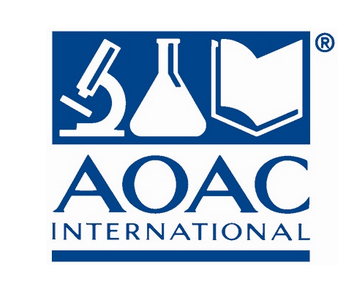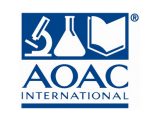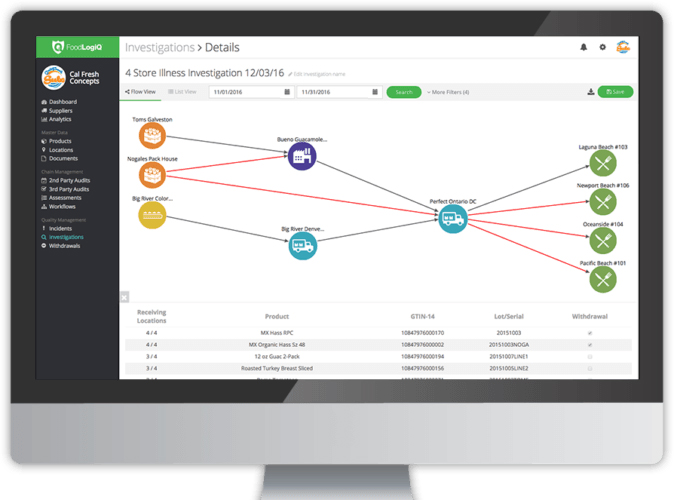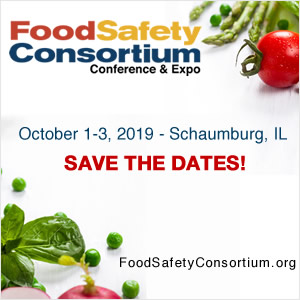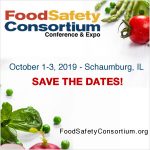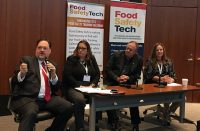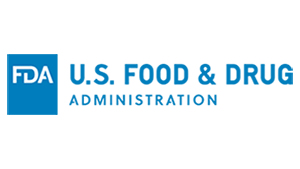EDGARTOWN, MA, March 13, 2019 – Innovative Publishing Co., the publisher of Food Safety Tech and organizer of the Food Safety Consortium Conference & Expo, has announced a partnership with the Chicagoland Food & Beverage Network (CFBN).
“Our new relationship with the Chicagoland Food & Beverage Network brings an enhanced level of industry presence to the Food Safety Consortium Conference & Expo,” said Rick Biros, president of Innovative Publishing Co., Inc. and director of the Food Safety Consortium Conference and Expo. “I am thrilled to welcome the members of CFBN to the Food Safety Consortium this year.”
As a partner organization, members of CBFN will receive a discount off registration and training courses being offered at the Food Safety Consortium Conference & Expo in October. CBFN members also have access to a discounted “One Day Pass” for admission to the first day of the Consortium (October 1), which includes the keynote presentation by FDA Deputy Commissioner for Food Policy and Response Frank Yiannas.
“We are so pleased to welcome Innovative Publishing Company as a partner,” said Alan Reed, executive director of Chicagoland Food & Beverage Network. “Food Safety Tech and the Food Safety Conference and Expo provide incredible value to our members. We are thrilled to be connecting the leaders of the food & beverage industry in Chicagoland with this kind of industry knowledge and expertise. We are looking forward to a long and mutually beneficial partnership.”
About Food Safety Tech
Food Safety Tech publishes news, technology, trends, regulations, and expert opinions on food safety, food quality, food business and food sustainability. We also offer educational, career advancement and networking opportunities to the global food industry. This information exchange is facilitated through ePublishing, digital and live events.
About the Food Safety Consortium Conference and Expo
The Food Safety Consortium Conference and Expo is a premier educational and networking event for food safety solutions. Attracting the most influential minds in food safety, the Consortium enables attendees to engage conversations that are critical for advancing careers and organizations alike. Visit with exhibitors to learn about cutting edge solutions, explore diverse educational tracks for learning valuable industry trends, and network with industry executives to find solutions to improve quality, efficiency and cost effectiveness in an ever-changing, global food safety market. This year’s event takes place October 1–3 in Schaumburg, IL.
About Chicagoland Food & Beverage Network
The Chicagoland Food & Beverage Network (CFBN) launched in 2017 to bring industry players together, to provide a forum for collaboration and support, and to better connect the 4,500 companies in the industry across Chicagoland to drive innovation and growth in the region.








